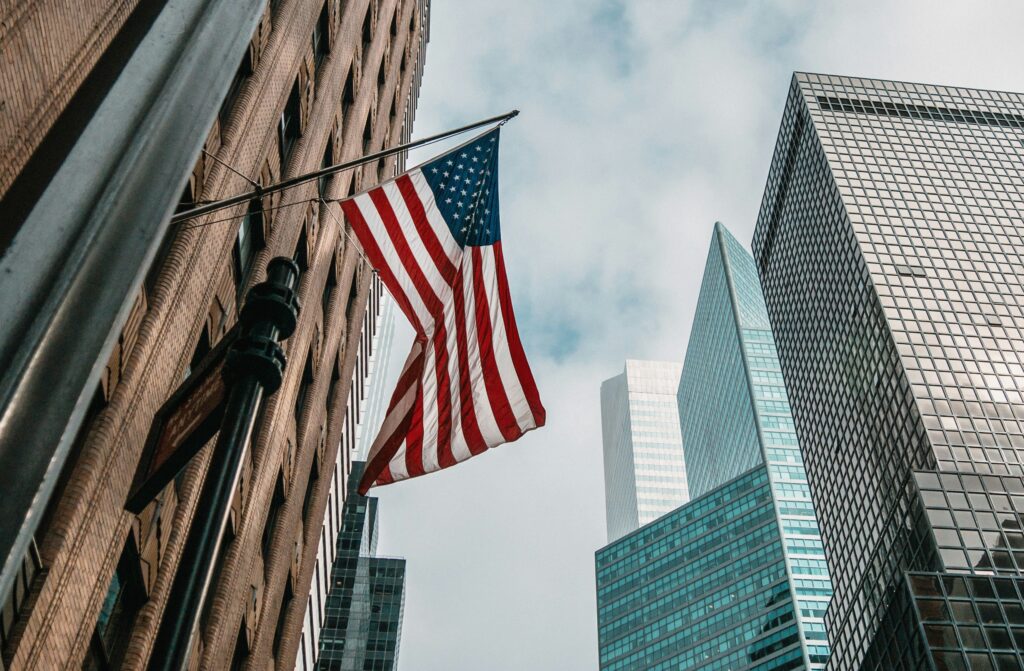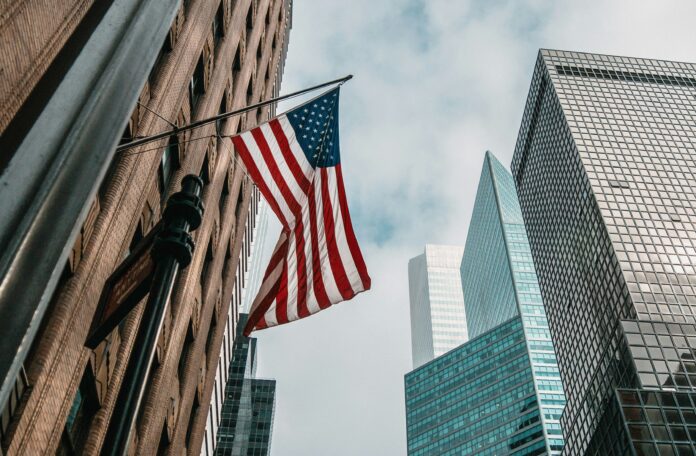US Interest Rate Cut: Why It Matters Now
The long-awaited US interest rate cut is finally here. After months of speculation, political pressure, and signs of economic slowdown, the Federal Reserve is set to lower its key lending rate for the first time since late 2022. The decision is more than just a financial adjustment, it’s a powerful signal about where the American economy is headed.
This US interest rate cut of 0.25 percentage points will bring the rate into the range of 4% to 4.25%. For millions of households and businesses, that means cheaper borrowing, lower credit costs, and potential relief in housing and lending markets. But behind this move lies a deeper story of inflation, politics, and economic uncertainty.

The Economic Context Behind the US Interest Rate Cut
The Fed’s latest move is not surprising to economists. Inflation, which skyrocketed after the pandemic and forced interest rate hikes in 2022, has cooled significantly. Yet, while price growth has slowed, the American job market is flashing warning signs.
-
In June, the US recorded its first monthly job losses since 2020.
-
July and August added only meager employment numbers.
-
Wage growth has slowed, leaving families squeezed between rising costs and fewer opportunities.
The Fed knows that once the labor market weakens, recovery can be slow and painful. That’s why this US interest rate cut is seen as a preemptive move to stop the bleeding before it gets worse.
Political Pressure on the Federal Reserve
President Donald Trump has long accused the Fed of keeping rates “too high for too long.” His attacks on Chairman Jerome Powell have been relentless, calling him “a real dummy” and demanding drastic cuts. On social media, Trump recently posted:
“TOO LATE. MUST CUT INTEREST RATES NOW, AND BIGGER THAN HE HAD IN MIND. HOUSING WILL SOAR!!!”
To intensify pressure, Trump recently placed his economic adviser, Stephen Miran, on the Fed board and attempted to remove another member, Lisa Cook. Critics say this is an unprecedented assault on the Fed’s independence.
Yet most analysts believe the US interest rate cut would have happened with or without Trump’s interventions. As Art Hogan, chief market strategist at B. Riley Wealth, explained:
“The president’s jawboning of the Fed to lower rates has had zero impact whatsoever.”
Inflation Concerns vs. Labor Market Realities
The timing of this US interest rate cut is delicate. Inflation is still above the Fed’s 2% target, with prices rising 2.9% in the year to August, the fastest increase since January.
But the real concern now is jobs. Sarah House, senior economist at Wells Fargo, noted:
“The Fed knows that when the labor market turns, it turns very quickly. They don’t want to be braking the economy while jobs are already slowing.”
This shows the balancing act at play: cutting too fast could reignite inflation, while moving too slowly could deepen a jobs crisis.
Global Context: Why the US Is Catching Up
The US interest rate cut also brings America in line with global monetary trends.
-
The European Central Bank and the Bank of England have already lowered rates.
-
Canada has followed suit with small cuts.
-
Even emerging economies have adjusted rates downward to stimulate growth.
For months, Fed officials hinted that similar moves were coming in the US. Now, with economic data pointing to weakness, they’ve finally acted.

What It Means for You: Borrowing and Housing
The immediate impact of the US interest rate cut will be felt by everyday Americans.
-
Mortgages: Homebuyers could see slightly lower mortgage rates, making housing more affordable.
-
Credit cards: Borrowers carrying high balances may see some relief in interest charges.
-
Business loans: Lower borrowing costs could encourage investment and hiring.
Trump was quick to celebrate the housing impact, predicting that the cut would fuel demand in real estate. Economists caution, however, that while the cut will help, deeper structural issues, such as supply shortages, remain.
Could More Cuts Be Coming?
Most analysts expect this is only the beginning. Wells Fargo predicts a total reduction of 0.75 percentage points by year’s end.
The Fed itself has signaled openness to further cuts depending on economic data. If the job market continues to slide or inflation falls further, Americans may see borrowing costs drop even more in the coming months.
Risks of the US Interest Rate Cut
Not everyone is celebrating. Cutting rates too quickly can backfire. If consumer demand rises while supply remains tight, inflation could flare again, undoing years of monetary tightening.
Some economists warn that AI, tariffs, and energy costs could also create fresh price pressures. The Fed will need to carefully monitor these risks to avoid a repeat of past inflationary spirals.
Looking Ahead: What This Means for the Economy
The US interest rate cut is a signal that policymakers are nervous about where the economy is heading. For workers, businesses, and homeowners, it offers some relie, but also raises questions about stability.
History shows that when the Fed starts cutting, it often doesn’t stop after just one move. That’s why markets are watching closely, expecting more announcements in the coming months.
As the US walks a tightrope between inflation control and job protection, one thing is clear: this decision marks a turning point for the economy.

